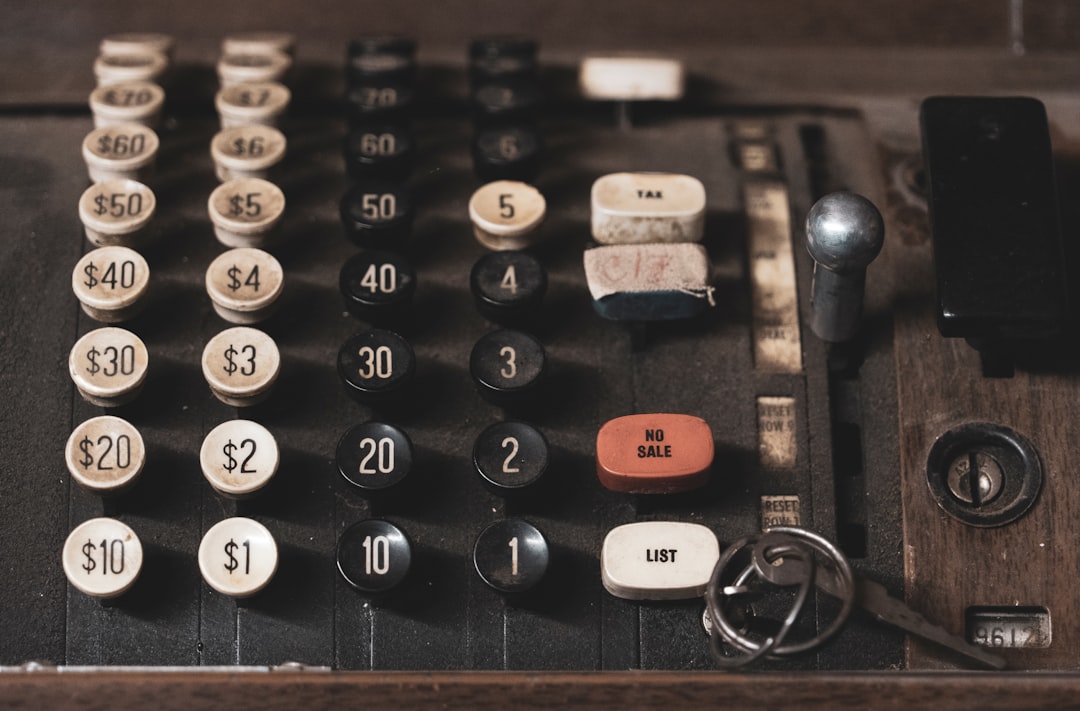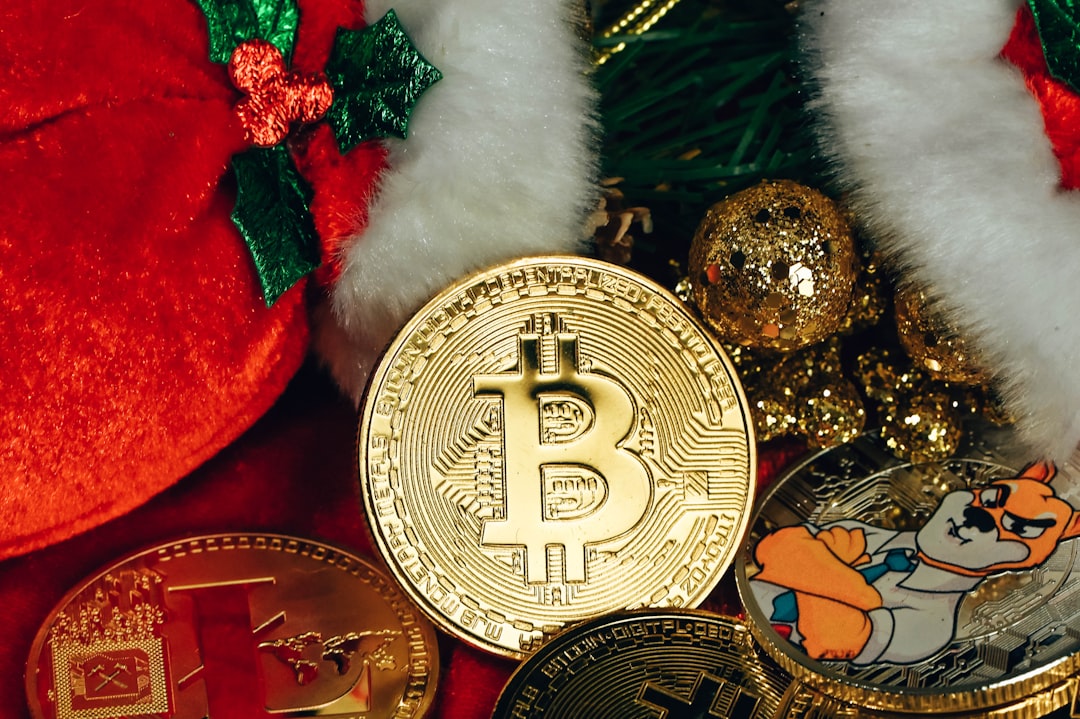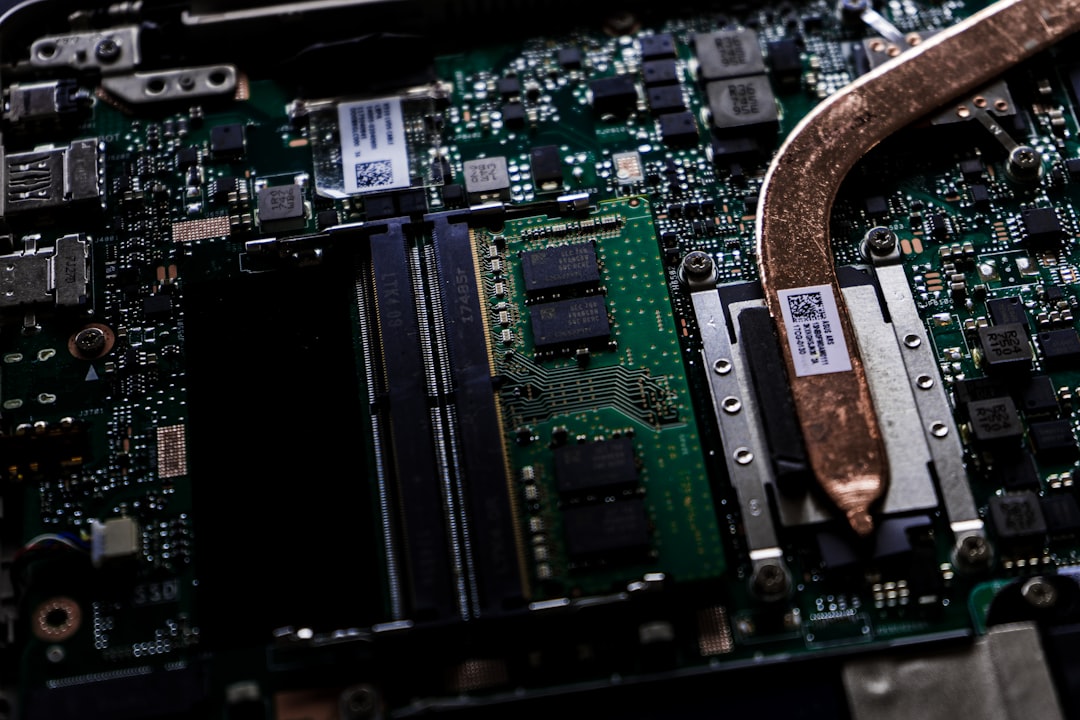Crypto staking is a process that allows cryptocurrency holders to participate in the validation of transactions on a blockchain network. Instead of mining, which requires expensive hardware and consumes a lot of energy, staking involves holding a certain amount of cryptocurrency in a digital wallet to support the operations of the network. In return for staking their coins, participants receive rewards in the form of additional cryptocurrency. This process helps to secure the network and maintain its integrity, as participants have a vested interest in ensuring that the transactions are valid and the network is secure.
Staking is a popular way for cryptocurrency holders to earn passive income on their digital assets. It provides an alternative to traditional banking systems, where interest rates are often low and subject to inflation. With staking, participants can earn rewards that are proportional to the amount of cryptocurrency they hold and the length of time they are willing to stake it. This incentivizes long-term investment in the cryptocurrency and helps to stabilize its value in the market. Overall, staking is a key feature of many blockchain networks and has become an important aspect of the cryptocurrency ecosystem.
Key Takeaways
- Crypto staking involves participating in the validation of transactions on a blockchain network and earning rewards in return.
- A crypto staking calculator helps users estimate their potential earnings from staking their cryptocurrency based on factors such as staking duration and token amount.
- When using a crypto staking calculator, it’s important to consider factors such as staking rewards, token price, and potential risks associated with staking.
- Using a crypto staking calculator can help users make informed decisions about staking their cryptocurrency and maximize their potential earnings.
- To maximize earnings with a crypto staking calculator, consider factors such as compounding rewards, choosing the right staking pool, and staying informed about market trends.
How a Crypto Staking Calculator Works
A crypto staking calculator is a tool that allows cryptocurrency holders to estimate their potential earnings from staking their digital assets. The calculator takes into account various factors such as the amount of cryptocurrency being staked, the duration of the staking period, and the current annual percentage yield (APY) offered by the blockchain network. By inputting these variables into the calculator, users can get an estimate of the rewards they can expect to receive over a given period of time.
The calculator uses a mathematical formula to calculate the potential earnings from staking. It takes into consideration the amount of cryptocurrency being staked, the length of the staking period, and the current APY offered by the network. By inputting these variables into the calculator, users can get an estimate of the rewards they can expect to receive over a given period of time. This allows cryptocurrency holders to make informed decisions about whether or not to stake their coins and for how long.
Factors to Consider When Using a Crypto Staking Calculator
When using a crypto staking calculator, there are several factors that users should consider to get an accurate estimate of their potential earnings. The first factor is the amount of cryptocurrency being staked. The more cryptocurrency that is staked, the higher the potential rewards will be. However, staking too much cryptocurrency can also lead to a decrease in liquidity, as the coins will be locked up for the duration of the staking period.
Another important factor to consider is the length of the staking period. The longer the staking period, the higher the potential rewards will be. However, longer staking periods also mean that the coins will be locked up for a longer period of time, which can affect liquidity and flexibility in trading or selling the cryptocurrency.
Finally, users should consider the current annual percentage yield (APY) offered by the blockchain network. The APY represents the annual rate of return that participants can expect to receive from staking their coins. A higher APY means higher potential rewards, but it is important to consider whether the APY is sustainable and whether it aligns with the user’s investment goals.
Benefits of Using a Crypto Staking Calculator
| Benefits | Description |
|---|---|
| Accurate Staking Rewards | A staking calculator helps in accurately estimating the rewards that can be earned through staking crypto assets. |
| Comparison of Staking Options | Users can compare different staking options and choose the most profitable one based on the calculator’s results. |
| Risk Management | It helps in managing the risk by providing insights into potential rewards and returns on staked assets. |
| Decision Making | Enables informed decision making by providing a clear picture of potential staking rewards and returns. |
There are several benefits to using a crypto staking calculator to estimate potential earnings from staking digital assets. One of the main benefits is that it allows users to make informed decisions about whether or not to stake their coins and for how long. By inputting various variables into the calculator, users can get an estimate of their potential rewards, which can help them decide on the best staking strategy for their investment goals.
Another benefit is that it provides transparency and clarity about the potential earnings from staking. The calculator uses a mathematical formula to calculate potential rewards based on the amount of cryptocurrency being staked, the length of the staking period, and the current APY offered by the network. This allows users to have a clear understanding of what they can expect to earn from staking their coins, which can help them manage their expectations and make informed decisions about their investments.
Additionally, using a crypto staking calculator can help users compare different staking opportunities and choose the best option for their investment goals. By inputting different variables into the calculator, users can compare potential earnings from staking on different blockchain networks and choose the option that aligns with their risk tolerance and investment objectives.
Tips for Maximizing Your Earnings with a Crypto Staking Calculator
To maximize earnings with a crypto staking calculator, there are several tips that users can follow. The first tip is to carefully consider the amount of cryptocurrency being staked. While staking more cryptocurrency can lead to higher potential rewards, it is important to strike a balance between potential earnings and liquidity. Users should consider their investment goals and risk tolerance when deciding on the amount of cryptocurrency to stake.
Another tip is to carefully consider the length of the staking period. While longer staking periods can lead to higher potential rewards, they also mean that the coins will be locked up for a longer period of time. Users should consider their liquidity needs and investment goals when deciding on the length of the staking period.
Finally, users should carefully research and compare different staking opportunities before making a decision. By using a crypto staking calculator to estimate potential earnings from different staking options, users can make informed decisions about where to stake their coins and for how long.
Common Mistakes to Avoid When Using a Crypto Staking Calculator

When using a crypto staking calculator, there are several common mistakes that users should avoid to ensure accurate estimates of potential earnings. One common mistake is not considering the amount of cryptocurrency being staked. Users should carefully consider how much cryptocurrency they are willing to stake and how it aligns with their investment goals and risk tolerance.
Another common mistake is not considering the length of the staking period. Users should carefully consider how long they are willing to lock up their coins for staking and how it aligns with their liquidity needs and investment goals.
Finally, another common mistake is not carefully researching and comparing different staking opportunities before making a decision. By using a crypto staking calculator to estimate potential earnings from different staking options, users can make informed decisions about where to stake their coins and for how long.
Making Informed Decisions with a Crypto Staking Calculator
In conclusion, using a crypto staking calculator is an important tool for cryptocurrency holders to estimate potential earnings from staking their digital assets. By carefully considering factors such as the amount of cryptocurrency being staked, the length of the staking period, and the current APY offered by the network, users can make informed decisions about whether or not to stake their coins and for how long. Additionally, using a crypto staking calculator provides transparency and clarity about potential earnings from staking, allowing users to manage their expectations and make informed decisions about their investments. By following tips for maximizing earnings and avoiding common mistakes when using a crypto staking calculator, users can make informed decisions about where to stake their coins and for how long, ultimately maximizing their potential rewards from staking their digital assets.
Looking to maximize your crypto staking rewards? Our new crypto staking calculator can help you estimate your potential earnings and make informed decisions about your staking strategy. And if you’re interested in learning more about the latest trends in the NFT space, check out this insightful article on NFT-Newsletter.com here. Stay informed and stay ahead of the game with our comprehensive tools and resources.
FAQs
What is a crypto staking calculator?
A crypto staking calculator is a tool that allows users to estimate their potential earnings from staking their cryptocurrency. It takes into account factors such as the amount of cryptocurrency being staked, the staking period, and the current staking rewards.
How does a crypto staking calculator work?
A crypto staking calculator works by taking user input such as the amount of cryptocurrency being staked, the staking period, and the current staking rewards, and then using this information to calculate the potential earnings from staking.
What factors does a crypto staking calculator consider?
A crypto staking calculator considers factors such as the amount of cryptocurrency being staked, the staking period, the current staking rewards, and any potential changes in the staking rewards over time.
Why is a crypto staking calculator useful?
A crypto staking calculator is useful because it allows users to estimate their potential earnings from staking their cryptocurrency without having to manually calculate the rewards. It can help users make informed decisions about whether or not to stake their cryptocurrency.
Are crypto staking calculators accurate?
Crypto staking calculators provide estimates based on the information provided by the user and the current staking rewards. However, actual earnings from staking may vary due to factors such as changes in staking rewards and network conditions.


















